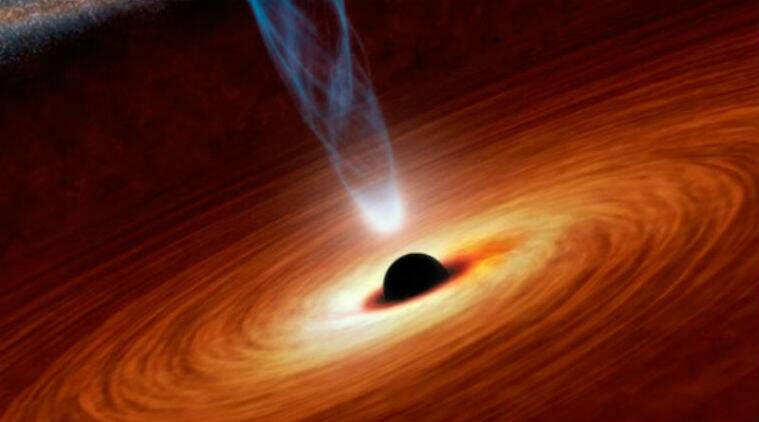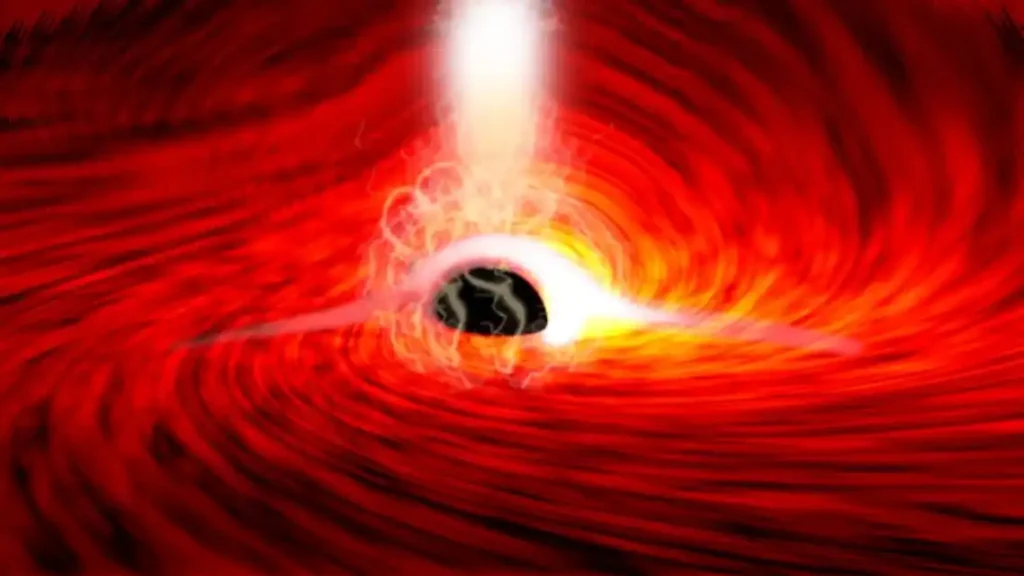
A team of astronomers is studying a special system called VFTS 243. It is a satellite galaxy in the Tarantula Nebula of the Large Magellanic Cloud, which orbits the Milky Way approximately 163,000 light-years away from us. Astronomers have known about this system for a long time. Until now it was suspected that it contained a very large blue-white star, which is about 25 times more massive than the Sun. Astronomers thought it was in orbit with a companion star, but what was it? A closed black hole or a small dim and boring star?
Reports Astronomers were assuming that all the light coming from the system was emanating from just one blue-white star. No light is coming from his colleague. Surely that little thing is not emitting any light. It sounds like a black hole. Like a sneaky black hole! The black hole has a mass of a few times that of the Sun, depending on the orbit, but is only 33 miles away, and this potential black hole is much smaller and farther away from its companion. That is, it cannot suck any gas, so it does not emit light.
Scientists say that they do not know how many such black holes are hidden. The new information means a lot, as it reveals the possibility of finding black holes in a new way.
Significantly, black holes are the most intriguing and mysterious things in our space. They have a tremendous gravitational pull. Because of this, it does not allow anything to pass through it. When light also enters into it, it also gets lost. A few months ago we told you that MIT researchers have also detected 8 new echo black hole binaries in our galaxy. Till now only 2 such black holes were known. Echo black hole binaries are systems that orbit a star.
These findings were published in the ‘Astrophysical Journal’. From these it can be understood how the huge black holes in our galaxy would have been formed. Erin Cara, assistant professor of physics at MIT, said in a statement that the role of black holes in galaxy evolution is a better question of modern astrophysics. Cara said that by understanding the explosions in these tiny black hole binaries, he hopes to understand how similar explosions in supermassive black holes affect his galaxy.
Recent Comments
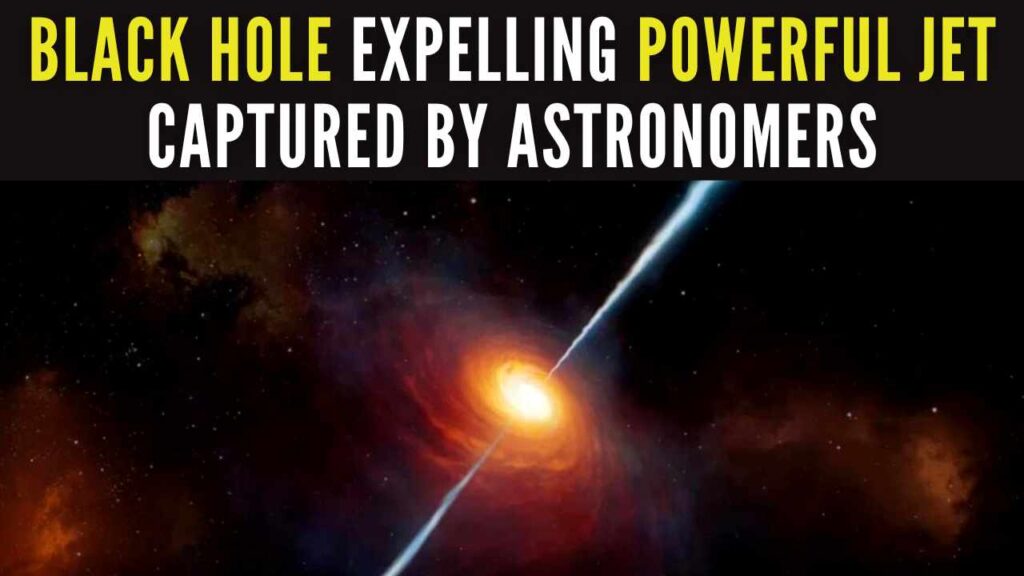
Astronomers detect first direct image of black hole expelling a powerful jet
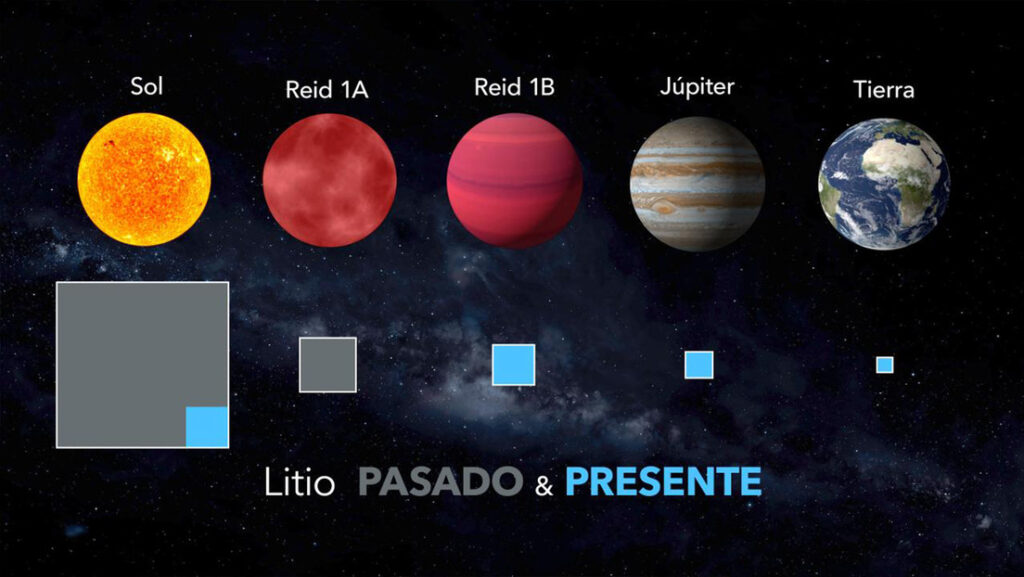
Artificial Intelligence Discovers Hidden Giant, a Planet 5 Times Larger Than Jupiter

Scientists explain melting of Antarctic ice sheet dating back 9,000 years
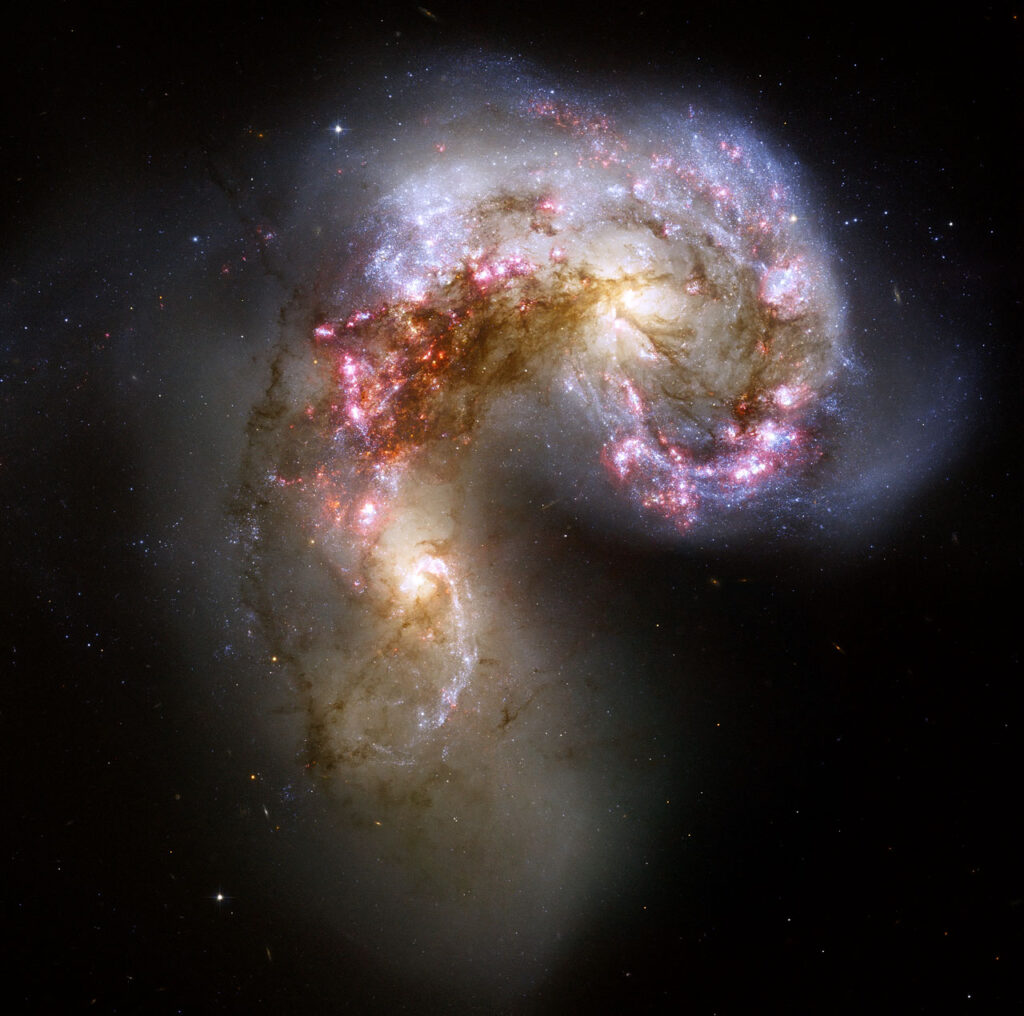
An Unexpected Discovery: Hubble, ESA's Gaia Spot Double Quasar That Existed Over 10 Billion Years Ago

Casino Table Games How to Play ➤ Master Rules & Strategies for Wins

How to Win Playing Online Casino ➤ Proven Strategies & Tips

22BET - Scommesse Sportive Online con le Migliori Quote


